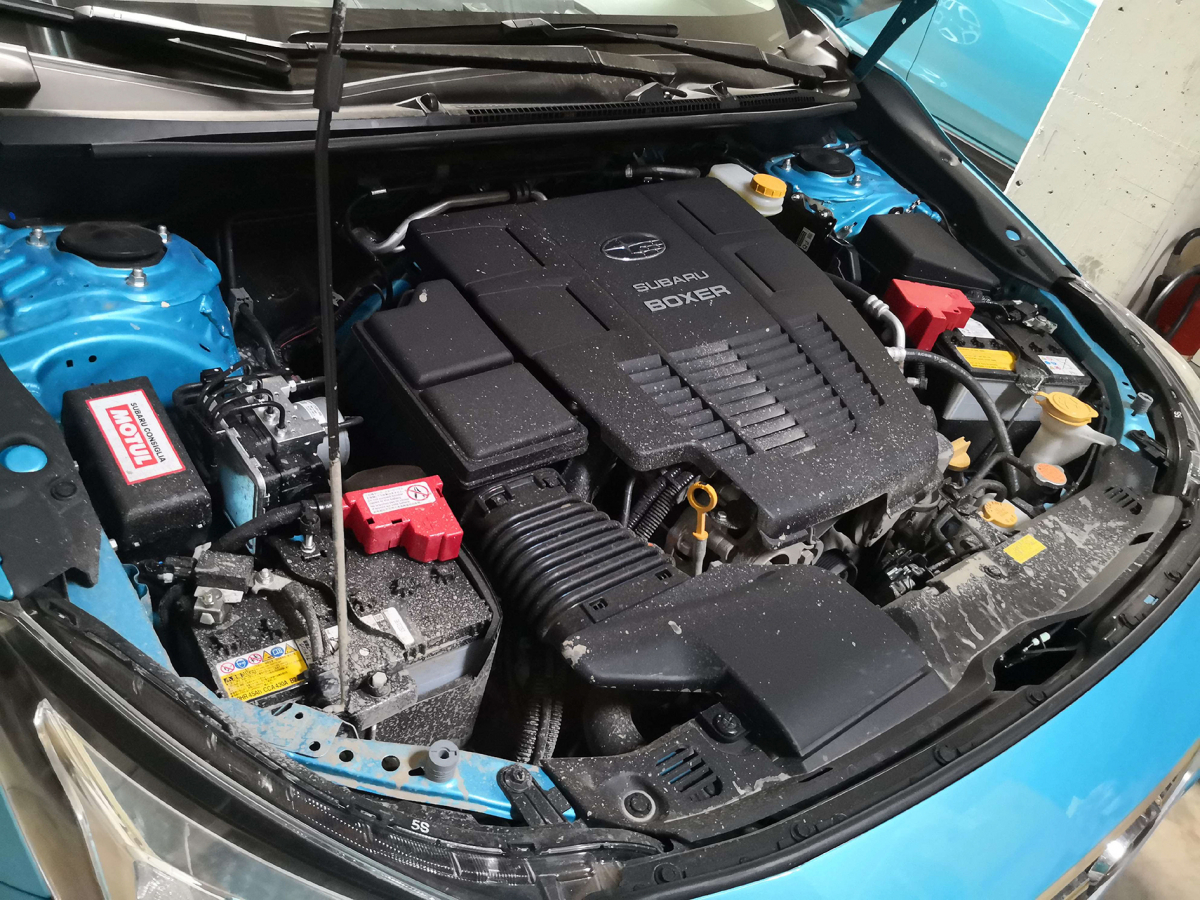BATTERY TIP:
CAN I SIMPLY INSTALL A MORE POWERFUL START-STOP CAR BATTERY?
What to look out for when installing a more powerful start-stop battery in modern vehicles.
Here are the facts about battery replacement.
Please always ensure that the worn battery is replaced by an equivalent battery in terms of performance class, size and technology (EFB replaces EFB battery - under certain circumstances upgrade to an AGM battery, AGM replaces AGM battery, (only in exceptional cases conventional starter battery):
In an identical housing and of a similar performance class.
PS: Minor variations in capacity or cold-start performance have no effect on safe starting and the optimum power supply of the electrical system.
What actually happens in the battery energy management system (BEM)?
The use of more powerful batteries (in terms of capacity and/or cold starting) has no negative effects on the vehicle concerned. SOC detection continues with the stored actual values of the control unit. At most, some learning values in the battery energy management system (BEM) can change slightly. Battery-related learning values are, for example, the number of engine starts or charging cycles, the voltage, the charging current and the electrolyte temperature.
How does the battery energy management system (BEM) actually work?
The battery energy management system (BEM) can react quickly if the battery condition becomes critical by using a battery sensor and integrating it into the electrical system. The system can influence both consumer behaviour and the alternator (generator). This significantly reduces the risk of a vehicle breakdown due to insufficient battery power. The sensor also supports functions such as start-stop and intelligent alternator control, which reduces CO2 emissions and protects the environment.
Frequently switching the engine on and off, combined with the increased energy requirements of comfort features such as seat heating, navigation systems, etc., poses great challenges for start-stop batteries.
For this reason, motor vehicle manufacturers have developed intelligent battery energy management systems (BEM) that use sensors to monitor the car battery. This ensures a long lifetime despite the higher load.
The battery energy management system (BEM) monitors the SOC (State Of Charge) controller, among other things. SOC is sometimes incorrectly referred to in the automotive industry as capacity monitoring (State Of Capacity). This is incorrect and extremely misleading, and leads to the false assumption that a more powerful battery should not be installed for this reason.

This is what the SOC controller looks like in a car with automatic start-stop, hybrid technology and a dual battery system.
If the state of charge of the batteries falls below a certain minimum threshold, the engine will no longer switch off and no electric driving is possible until the state of charge rises to the target level again. Electric driving is then possible again, provided the charge level remains in the range approved for this purpose. (SOC – State Of Charge, charge level)
Caption: Engine compartment of a medium-sized car with double battery system.
The battery on the right (in this exceptional case, a conventional starter battery in Asiabox D23: OE battery with 48 Ah, 390 A (CCA) = Power Bull P60 68 with 60 Ah, 510 A (EN) - upgrading Running Bull EFB 565 15 with 65 Ah, 550 A (EN) is used for the initial engine start, and the one on the left to restart the engine. (start-stop EFB on-board power supply battery in Asiabox B24/45NS: OE battery with 45 Ah, 430 A (CCA) = Running Bull EFB 555 16 with 55 Ah, 460 A (EN)). Note on the start-stop EFB battery in Asiabox B24/45NS: Do not connect any jumper cables to this battery, not even those from a booster (jump starter)!
More detailed information will be provided later during testing by the author and will be continuously updated for you.
You might also be interested in the following.

